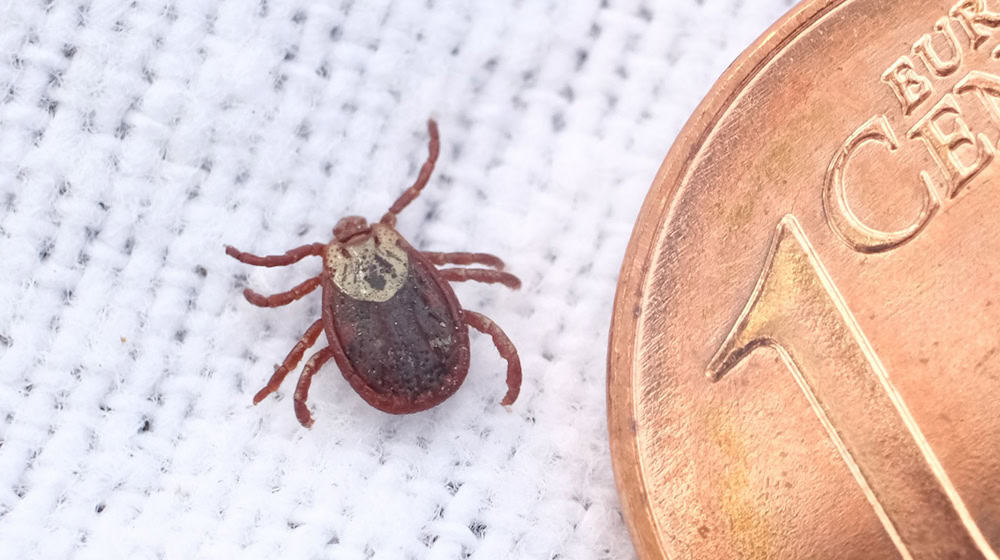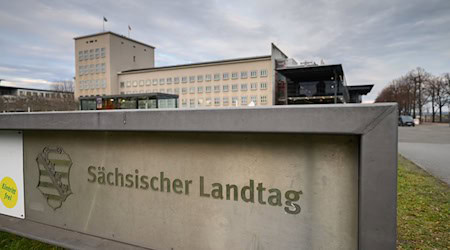The Barmer health insurance company urges caution in view of the increasing number of infections caused by tick bites. "Whether in the garden, park or forest - anyone who has been outside should check themselves, children and pets for ticks afterwards and remove them with tweezers if necessary. This will reduce the risk of infection with TBE or Lyme disease," explained Monika Welfens, Regional Managing Director of Barmer in Saxony.
Number of cases of Lyme disease and TBE increased
According to Barmer, 870 cases of Lyme disease had already been reported to the Robert Koch Institute (RKI) in Saxony by August 11 this year. In the same period last year, there were 806. 33 cases of tick-borne encephalitis (TBE) have already been reported compared to 17 cases in the same period last year. Most cases of Lyme disease were reported in the districts of Saxon Switzerland-Eastern Ore Mountains (149), the Ore Mountains district (144) and Central Saxony (134). The Erzgebirgskreis and the Vogtlandkreis lead the way with six cases of TBE each.
According to the health insurance company, however, there is no reason to panic in the event of a tick in the skin. "Not every tick bite automatically leads to an infection. It is important to keep a close eye on the site of the bite over the next few days and weeks. If a ring-shaped reddening of the skin develops, those affected should consult their family doctor. This can be a sign of Lyme disease," emphasized Welfens.
Almost all regions in Saxony risk area for TBE
While Borrelia bacteria are detected in ticks throughout Germany, ticks with a TBE pathogen are only found in certain regions. However, the RKI has now designated almost all regions in Saxony as risk areas for TBE. The only exceptions are the city of Leipzig and the districts of Leipzig and North Saxony. There is a vaccination against infection with TBE, which is covered by statutory health insurance.
Copyright 2024, dpa (www.dpa.de). All rights reserved










